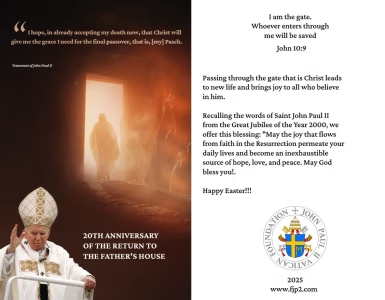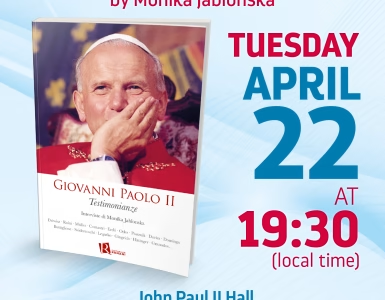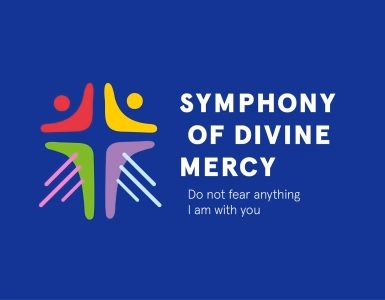In view of the urgent need to build new churches, there was a long and dramatic conflict with the communist authorities regarding the Nowa Huta cross.
Nowa Huta was a huge metallurgical plant, constituting the pupils of the eye of Stalinist Poland, and then it became a secular alternative to Catholic Krakow. After repeated requests, always rejected, the believers erected a cross in the center of the district. There were serious riots and bloody clashes with the militia. It was a struggle under the sign of faith, but also for freedom and respect for the fundamental rights of the human person. The cross was erected by the workers, but then all the inhabitants, especially the extremely courageous women, were involved in its defense. The first to defend this case was Karol Wojtyła. As a young bishop, he had to take care of it from the beginning, because Archbishop Baziak, who ruled the diocese, was seriously ill. It was he, Wojtyła, who had to express his opposition to the threats of the militia. It was he who celebrated the midnight Mass on Christmas night with the snow falling heavily and the temperature below zero degrees. And it was he, already as Archbishop, who consecrated the new church, after twenty years of expectation, struggle and suffering.
Despite the restrictions imposed by the communist regime, the Polish Church nevertheless began the work of renewal proposed by the Second Vatican Council. Cardinal Wojtyła convened a diocesan synod in Krakow to consider how the council’s guidelines could be applied in pastoral care. In doing so, to some extent he was showing the ideal of the Church he was thinking of– a Church that was less institutional, less bureaucratic and, above all, less clerical. (…) Cardinal Wojtyła did not limit himself to religious argumentation in order to support the workers’ reasons. His public speeches focused more and more on respect for human rights, his dignity.
With the consent of Cardinal. Stanisław Dziwisz – “At the side of the Saint”
Św. Stanisław BM Publishing House, Cracow 2013





